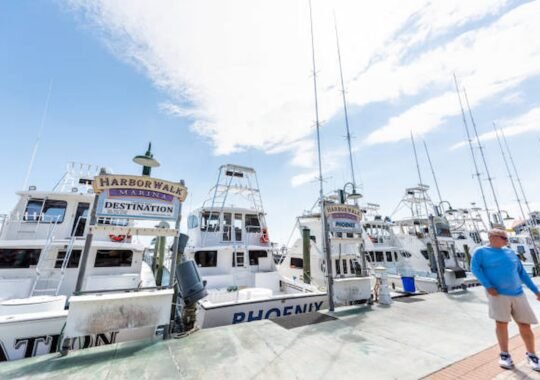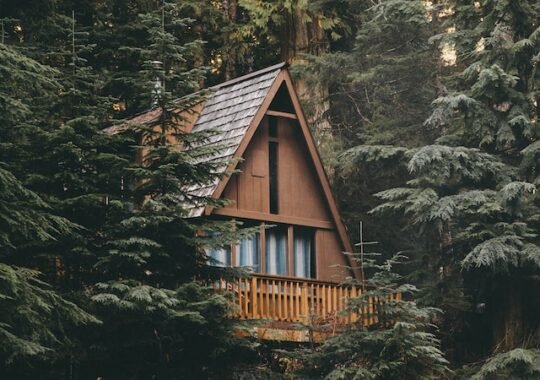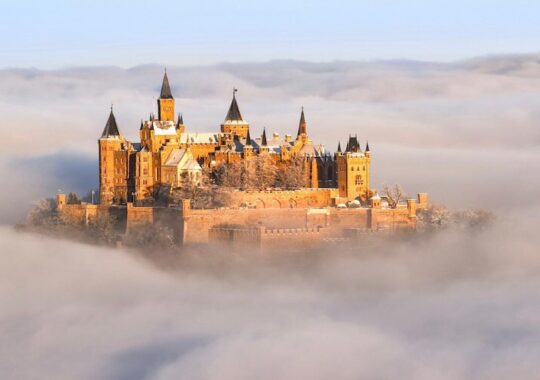Named after the Genoese navigator Lancelotto Malocello in the 14th century, Lanzarote is part of the Spanish-owned Canary Islands. Situated in the Atlantic Ocean off the coast of Africa, the islands have an intriguing history. From ancient times, the mysterious landscape has lured seafarers from Phoenicia, Greece and Rome. Philosophers and writers also fell under their spell and were inspired to write of their unique beauty. Some believe the Canaries to be the location of the ‘blissful orchard’ that Pluto, Plutarch and Herodotus once described as the ‘Garden of Hesperides’.
Today, the archipelago continues to charm its visitors. Blue skies, sandy beaches, secluded coves and sunshine all year round make Lanzarote one of Europe’s favourite holiday destinations. At just 60km long, it’s an easy commute between the beautiful beaches in the south of the island and the variety of fishing villages and excellent seafood restaurants in the north. While there are numerous sheltered and isolated beaches to be discovered, Playa Papagayo is considered to be one of the most beautiful on the island. With a variety of spectacular diving sites and water sports, the area is a haven for sun worshippers as well as the more energetically inclined.
The little town of Yaiza, acclaimed as the prettiest in Spain, was once threatened by extinction. Ironically, the streams of lava that could have swept it away now ensure the village’s economic growth with an annual stream of visitors. Its charming and historic white-washed buildings and squares reveal the authentic and traditional face of Lanzarote. Apart from the local church, which served the first Catholic diocese on the Canary Islands established by a Papal Bull in 1404, the principal attraction of the village is its tranquil atmosphere.
Just north of the village is Timanfaya National Park. It’s made entirely of volcanic ash and a visit to this area has been likened to a journey to the moon. The Montanas del Fuego (Fire Mountains) were created in the early eighteenth century when about one hundred volcanoes erupted, changing the face of the island forever. Temperatures just a short distance underneath the surface can reach a staggering 600°C. Local restaurateurs make use of the situation by using geothermal heat for cooking. The island’s resemblance to the lunar surface has earned Lanzarote the UNESCO title of Biosphere Reserve in 1993. This designation gives the site protected status. Those interested in visiting the island to explore its many attractions can take advantage of packages such as Sovereign Lanzarote holidays.
In keeping with the unique environment, local architect and artist César Manrique used the natural formation of volcanic bubbles to create the five main rooms of his house. It was built in 1968 and visitors can view the house and art gallery which is home to works by Manrique as well as Pablo Picasso and the surrealist Joan Miro.




